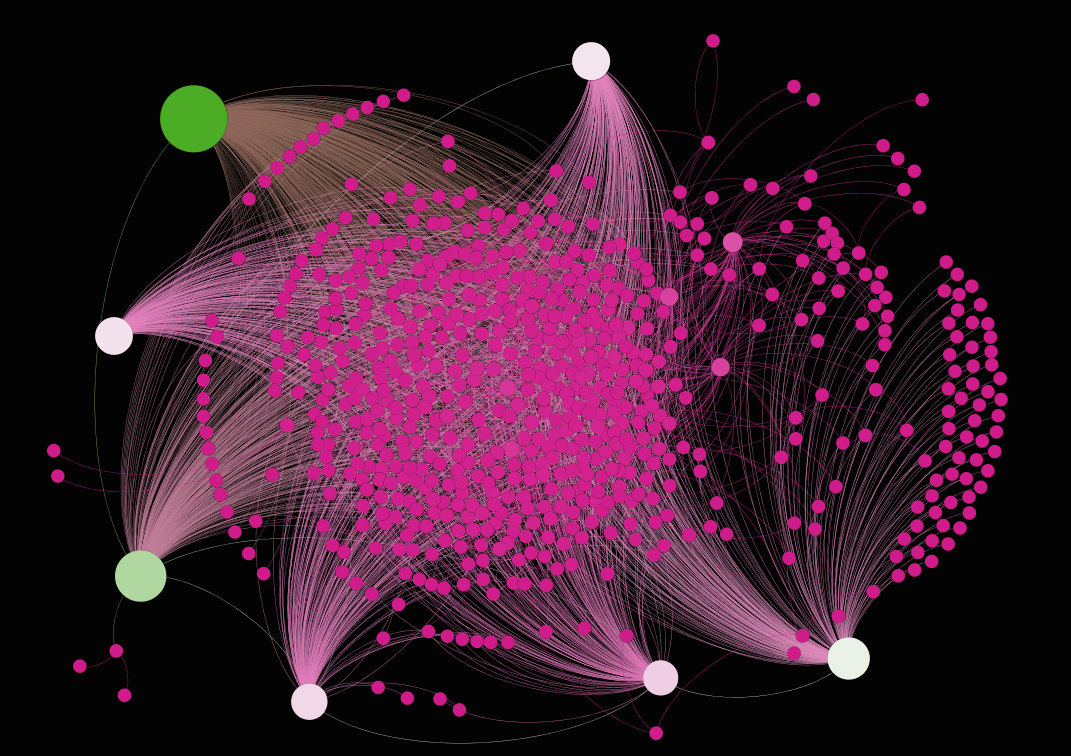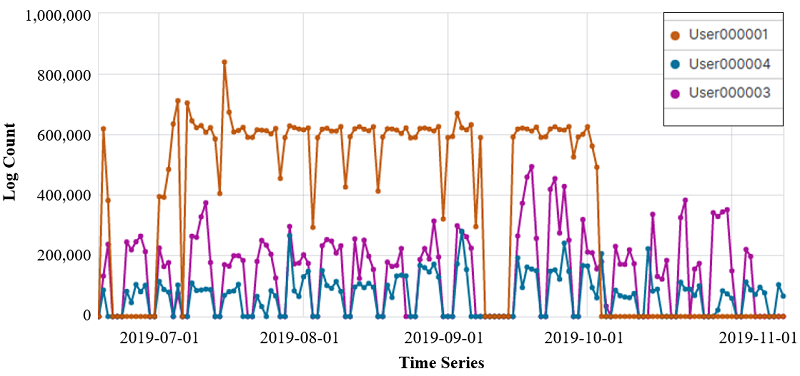Published in IEEE Internet of Things Journal, ( Volume: 8, Issue: 18, Sept.15, 15 2021), 2020
As increasingly more vehicles are connected to the Internet, cyber attacks against vehicles are becoming a real threat with devastating consequences. This highlights the importance of detecting vehicle cyber attacks before fatal accidents occur. One natural method for tackling this problem is to adapt existing approaches for detecting attacks in enterprize networks, but which has achieved limited success. In this article, we propose a new approach to treat vehicles as cyber–physical–human systems, leading to a novel framework called exploiting human, physical and driving behaviors to detect vehicle cyber attacks (ExHPD). The framework has four detectors: 1) a human detector; 2) a physical behavior-based detector; 3) a driving behavior-based detector (DBD); and 4) an integrated physical and DBD. As the proof of concept, we recruited 50 drivers to conduct institutional review board-approved simulation-based driving tests. The experimental results show that ExHPD is effective to detect vehicle cyber attacks and avoid deadly crashes by offering drivers adequate time to safely pull over their compromised vehicle. The impact of driver’s impulsiveness (one aspect of human factors) on the detectors’ effectiveness and limitations of the present study are discussed. Future research directions toward an ultimately usable solution are outlined.
Download here
.jpg)

